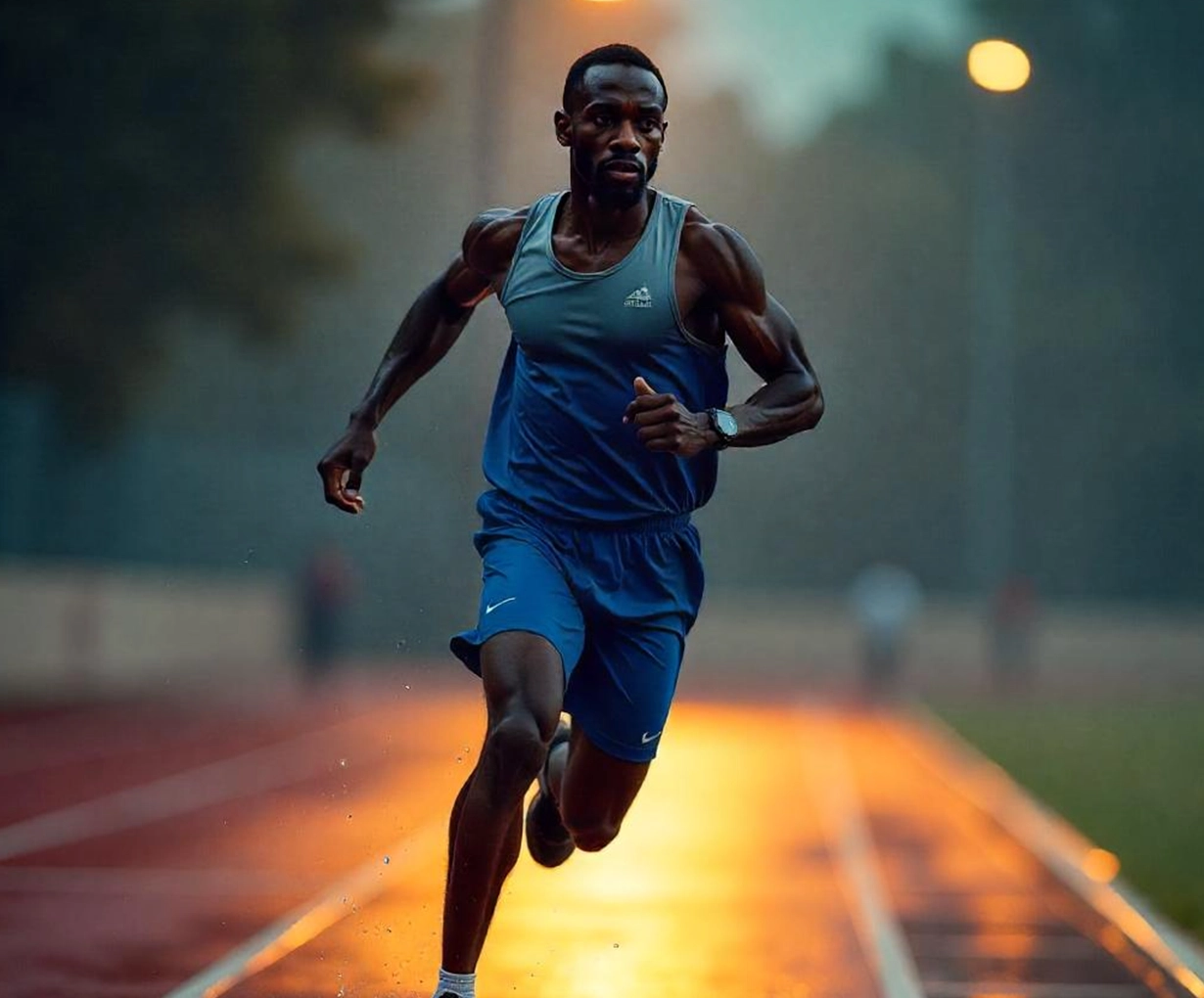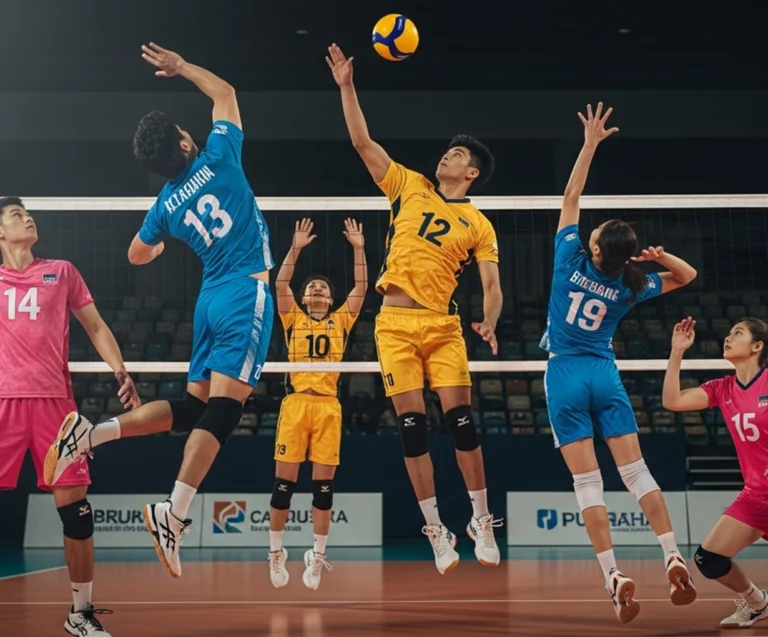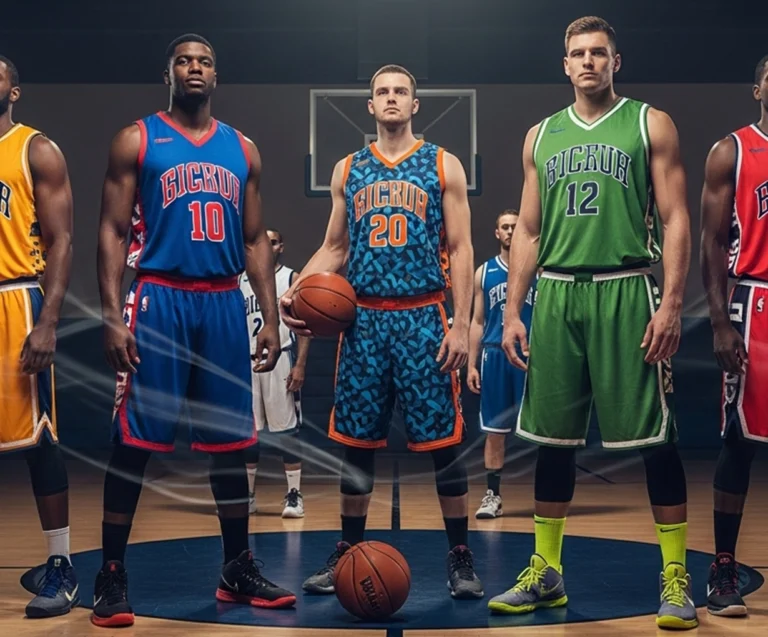Run into the Future
Sports wear plays an essential role in both athletic performance and everyday comfort. Quality sports wear is designed to provide support, flexibility, and breathability, helping people move with ease during any activity. Choosing the right sports apparel can also help prevent injuries and make workouts more enjoyable.
With a wide range of styles and materials available, sports wear today is accessible for all ages and fitness levels. Whether someone is training for a marathon or heading to a casual yoga class, the right clothing makes a noticeable difference.
Types of Sports Wear
Sports wear encompasses specialized clothing, shoes, and accessories designed to support comfort, safety, and performance during physical activities. Each category serves distinct purposes and caters to a range of sport-specific or general needs.
Athletic Apparel
Athletic apparel includes shirts, shorts, leggings, and jackets specifically crafted for exercise. These garments commonly use materials such as polyester blends, spandex, and nylon to provide breathability and stretch. Moisture-wicking fabrics are often added to help keep the body dry during intense activities.
Fit and design vary based on activity type. Runners may prefer lightweight materials, while those in contact sports prioritize durability and reinforced seams. Compression wear offers potential muscle support and reduced chafing, making it popular among athletes.
Many brands now prioritize sustainability by using recycled fabrics and eco-friendly dyes. Logos, reflective strips, and mesh ventilation panels are common features that enhance usability and safety. Sizing ranges typically cover a wide spectrum to accommodate different body shapes.
Footwear
Footwear for sports is engineered for stability, traction, and support. Features may include cushioned soles, reinforced toes, and specialized treads suited to specific surfaces. Running shoes use responsive midsoles for impact absorption, while basketball shoes emphasize ankle support and lateral stability.
Key Considerations in Sports Footwear:
- Arch support: Crucial for comfort and injury prevention.
- Grip: Outsoles designed for grass, turf, or court surfaces.
- Breathability: Mesh uppers or ventilation to promote airflow.
- Lacing systems: Vary between quick-pull, Velcro, or traditional laces.
Shoes must be fitted properly to avoid blisters and injuries. Seasonal and sport-specific variations exist, with waterproof materials for certain outdoor activities and lightweight designs for indoor sports. Many manufacturers test their footwear for durability and comfort under different conditions.
Sports Accessories
Sports accessories enhance convenience, safety, and performance. Popular items include sweatbands, gloves, hats, water bottles, sports bags, and smart wearable devices. Protective gear such as helmets, mouthguards, and knee pads is vital in contact and high-risk sports.
Fitness trackers and smartwatches monitor heart rate, step count, and other metrics, providing valuable data to athletes. Compression sleeves and socks offer targeted support or help manage swelling. Sunglasses with UV protection and sweat-resistant headphones further add function for outdoor activities.
Accessories are often activity-specific. For example, swimming goggles feature anti-fog coatings, and cycling gloves offer padded palms. Material choice and adjustability are prioritized to suit a variety of user preferences and conditions.
Key Materials in Sports Wear
Sports wear uses advanced materials designed to improve comfort, durability, and performance. Choosing the right fabrics affects breathability, sweat management, and overall wearer experience.
Performance Fabrics
Performance fabrics are engineered for specific athletic tasks. They often include blends of polyester, nylon, spandex (elastane), and even bamboo fibers in some modern lines.
- Polyester: Offers durability, wrinkle resistance, and rapid drying.
- Nylon: Known for its lightweight strength and smooth texture.
- Spandex: Provides high elasticity, allowing clothing to move with the wearer.
These fabrics are chosen for their resistance to wear and easy care. Many major brands also add anti-microbial finishes to reduce odor buildup, especially in apparel for high-intensity sports. Ultraviolet (UV) protection and stain resistance are frequently incorporated to extend garment life.
Breathable Textiles
Breathable textiles allow air flow to reduce heat and moisture buildup against the skin. Mesh panels and micro-perforated fabrics are often used in areas with the highest sweat production, such as underarms and backs.
Cotton blends are sometimes used for light activity wear due to natural ventilation. However, pure cotton is less common in performance sports wear because it retains moisture. Technical fabrics featuring engineered ventilation zones or laser-cut openings are standard in high-performance lines.
The use of breathable textiles can help regulate body temperature. This results in more comfort during rigorous workouts, training sessions, and competitions.
Moisture-Wicking Materials
Moisture-wicking materials draw sweat away from the skin and move it to the fabric’s surface, where it evaporates. Synthetic fibers like polypropylene, polyester microfibers, and Tencel (lyocell) are widely used for this purpose.
| Material | Sweat Absorption | Drying Speed | Typical Uses |
|---|---|---|---|
| Polyester | Low | Fast | T-shirts, shorts |
| Polypropylene | Very low | Very fast | Base layers |
| Tencel (Lyocell) | Moderate | Moderate | Lightweight tops |
Garments made with these fabrics help athletes stay dry, reduce chafing, and maintain a light feel during exercise. Some brands use dual-layer weaves, with the inner layer pulling moisture away and the outer dispersing it for evaporation.
Technological Innovations in Sports Wear
Advancements in sports wear prioritize both athletic performance and user comfort. New technologies shape fabric behavior, enhance muscle efficiency, and focus on eco-friendly solutions.
Smart Fabrics
Smart fabrics integrate digital components or conductive fibers into textile weaves. Many of these textiles monitor data like heart rate, temperature, and moisture. For example, shirts with embedded sensors collect biometrics during workouts.
This data often syncs with apps, allowing real-time feedback and analysis. One notable product category is e-textiles, which support wireless charging and washable sensors. Brands such as Nike and Under Armour invest in these materials to offer athletes tailored training insights.
Smart fabrics also enable adaptive cooling or heating by responding to body temperature. This allows users to maintain comfort in various climates and workout intensities.
Compression Technology
Compression technology uses materials engineered to provide targeted pressure on muscle groups. This design aims to boost blood circulation and reduce muscle vibration. Improved circulation can help minimize fatigue during long periods of exercise.
Compression wear is frequently used by runners, cyclists, and football players. These garments include socks, tights, and sleeves. Key claimed benefits are:
- Enhanced muscle support
- Reduced post-workout soreness
- Quicker recovery times
Studies show mixed results on performance impact, but users often feel improved stability and comfort. Proper fit is critical—compression gear that is too tight may restrict movement or cause discomfort. Brands generally offer size guides to help users select the right product.
Sustainable Materials
Sustainable materials address the environmental impact of sports wear production. Many companies now use recycled polyester, organic cotton, and plant-based fibers. Recycled PET plastic bottles are a common source for performance fabrics.
Some manufacturers use biodegradable yarns or water-reduced dye processes. Below is a comparison:
| Material Type | Environmental Benefit |
|---|---|
| Recycled fibers | Reduces landfill waste |
| Organic cotton | Lowers pesticide use |
| Plant-based yarn | Biodegradable, renewable |
Consumers increasingly consider product lifecycle and recyclability. Apparel labels often highlight sustainability certifications such as Global Recycled Standard (GRS), making it simpler for buyers to make informed choices.
Trends in Sports Wear Design
Sports wear design continues to evolve due to changing tastes, innovations in fabrics, and shifting consumer priorities. Advances in style, technology, and individual expression are shaping product lines.
Athleisure
Athleisure incorporates athletic apparel into everyday wardrobes, merging comfort, function, and style. Clothes like leggings, joggers, and hoodies are now commonplace outside the gym. Brands use moisture-wicking, stretchy fabrics to offer flexibility for movement during both workouts and routine activities.
Sneakers once reserved for sports are now fashion statements. Performance-inspired looks are popular in settings such as offices and cafes. Companies invest in subtle branding and versatile colorways to enhance appeal.
Market data shows the athleisure segment has grown steadily, especially among younger adults. Key features include easy layering, durability, and simple care instructions.
Customization
Personalization options have increased in recent years through online platforms and in-store technology. Consumers can modify elements such as colors, graphics, and text, or even upload their own designs. Leading brands offer tools for customizing jerseys, shoes, and training accessories.
Benefits of Customization:
- Fits personal preferences
- Enhances sense of ownership
- Supports team or group unity
Custom-fitted gear uses body scanning or advanced measurement data. These options improve comfort and performance. Athletes also value having gear that reflects their name, number, or style.
Collaborations in Sports Fashion
Collaborations between sportswear brands and designers, celebrities, or artists are common. These partnerships frequently result in limited-edition products and cross-industry exposure.
Notable collaborations include adidas x Yohji Yamamoto (Y-3), Nike x Off-White, and Puma x Rihanna. Such collections often sell out quickly and attract attention from both sports and fashion audiences.
Collaborations can introduce unique design elements, logos, and premium materials. They often blend sports functionality with new trends, resulting in apparel that appeals to collectors and everyday users alike.
Choosing the Right Sports Wear
Selecting sports wear involves considering factors like fit, comfort, and suitability for specific activities. Material, design, and activity type all influence how well garments work for athletic needs.
Fit and Comfort
Fit directly affects range of motion and performance. Clothes that are too tight may restrict movement, while loose garments can be distracting or unsafe during certain sports. Comfortable sports wear uses features like elastic waistbands, stretch panels, and flat seams to minimize chafing.
Breathable fabrics such as polyester blends or moisture-wicking materials help manage sweat, keeping the wearer dry. Proper fit can also reduce the risk of blisters and pressure points, especially for running or cycling.
When choosing between sizes, individuals should consider whether the sport requires compression or freedom of movement. Proper sizing can often be checked using manufacturer sizing charts:
| Body Measurement | Small | Medium | Large |
|---|---|---|---|
| Chest (inches) | 34-36 | 38-40 | 42-44 |
| Waist (inches) | 28-30 | 32-34 | 36-38 |
Comfort remains a top priority for extended training or competition.
Purpose-Based Selection
Sport-specific clothing supports optimal movement and safety. For example, moisture-wicking tops are recommended for high-intensity cardio, while thermal layers suit cold-weather running. Shoes should be matched to activity, such as cross-trainers for gym workouts or cleats for soccer.
Compression gear may benefit recovery after intense workouts. Reflective details are important for those training in low light.
Swimwear should resist chlorine and dry quickly. In addition, specialized gear—like padded shorts for cycling or UV-protective shirts for outdoor sports—can prevent discomfort and injury. Consider climate, surface, and activity duration before making a purchase.



